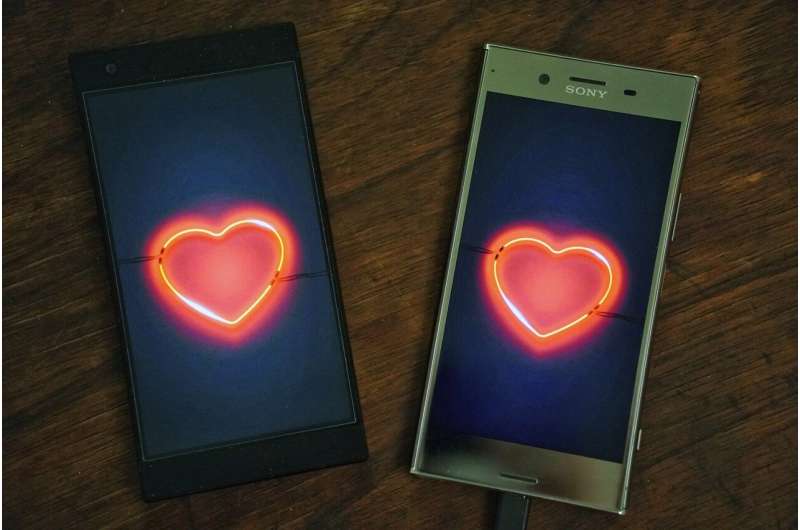Credit: Pixabay/CC0 Public Domain
Are you entrusting your romantic future to an algorithm?
If you're using any dating apps, you've probably felt like the odds are stacked against you finding love. Almost as if the app is trying to keep you swiping again and again.
According to relationship scientist Dr. Gery Karantzas, your hunch is probably correct.
Gery's an Associate Professor and Director of the Science of Adult Relationships Laboratory at Deakin University's School of Psychology.
He says it's tricky to decode the code behind your matches.
"It's very secret," says Gery. "You would be hard pressed to find any clear sense of what is going on."
Match-making it or faking it?
Tinder, which has 75 million monthly active users, was originally based on the Elo rating system. Users were assigned a "hot or not" score, based on swipes from other users. They were then shown potential matches with similar "desirability" scores.
Tinder has since stated that Elo is "old news." It now gives priority to matching users who are active on the app and matches them with people who are active at the same time.
While Tinder is well known as a hook-up app, Hinge claims to be oriented towards relationships. According to their ads, Hinge is the only "dating app designed to be deleted."
Hinge is based on the Nobel Prize winning Gale-Shapley algorithm.
This algorithm match users who are likely to both be into each other. Profiles include more personal information to help match personalities, not just looks.
Drawing on the literature on relationships, Gery says these apps likely take into account other factors such as similar interests and values. But they also likely use AI recognition and biometric markers based on attractiveness, he says. (Think of it as a next-level way of ranking "hotness" that makes the Elo rating system look old school.)
This business of love
Let's face it—the revenue for dating app creators doesn't necessarily shape out well if users always found "the one."
"It makes some sense that, in the early stages of using these apps, trying to help people to make some connections with people who seem very likable and very attractive across all kinds of features is in their best interest," says Gery.
"But the question is, what is the algorithm designed to do on face value? The algorithm would be designed to help you to find a match, but ultimately, like so many aspects of social media, there is the monetization of a product."
According to Gery, what he's suggesting is "not that far-fetched" if we reflect on how social media organizations have used people's data in the past.
A numbers game
Tinder says it's had more than 60 billion matches—which sounds like an incredible success rate, but is it really?
"One of the things that's promoted as a real strength of these apps is … the amount of connections that are made," says Gery.
"But that in and of itself is a false number."
You may have matched with hundreds of potential partners, but have you formed a meaningful relationship with any of them? The research data paints a bleak picture.
Back in 2016, a software engineering study on Tinder had researchers create fake profiles to test success rates. The success of their female profiles was about 10%, while male profiles had 0.6% success.
"That does tell us something about the ability of these algorithms to facilitate matching," says Gery.
Finding love at first data
With all that in mind, how can users make dating app algorithms work in their best love interests?
Gery suggests moving to voice notes or face-to-face sooner rather than later to avoid the trap of endless messaging.
Going offline allows you to see how potential partners behave IRL.
"A dating app is only going to be able to do so much, no matter how it's stacked and how it's optimized," says Gery.
"What people do on the ground is going to be a pretty big predictor of whether that relationship ends or not."
Provided by Particle
This article first appeared on Particle, a science news website based at Scitech, Perth, Australia. Read the original article.
























